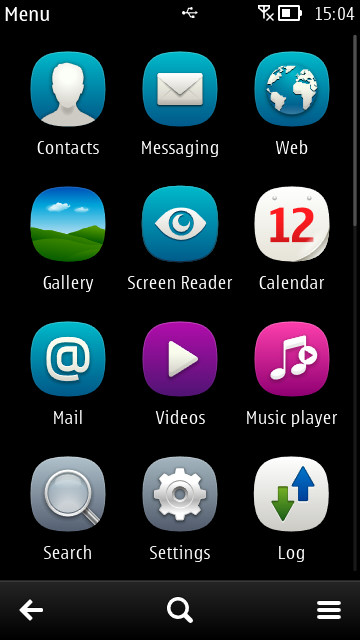
You may open the start menu, from anywhere, by hitting the Windows key. The start menu is used to open files, folders, and programs located on your computer. Up/down arrows: moves through the options within start menu areas Tab: moves through the areas of the start menu It is also important to remember that you may hit modifier + tab (with JAWS) and (with Window-Eyes) to have the current item, in focus, repeated. While tab will move you forward, shift + tab will move you in reverse. The former closes the program all together and the latter returns you to your desktop but keeps the program open.įrom the desktop, you may press the tab key to move to the other three components of the Windows Desktop. It is important to remember the difference between closing a program, with alt + f4, and minimizing windows, with windows + m. If you have more than one icon which starts with the same letter, continue pressing the letter to cycle through all the icons. Simply press the first letter of the icon you are looking for and you will be taken to the first icon with that letter. A simpler way of finding an icon is to use first letter navigation. This method is not efficient because you do not know where icons are in relation to each other. Once on your desktop you can move through the icons with your arrow keys. If you ever get lost on your computer, use windows + m, to return to a known location and begin finding your way. You may think of your desktop as home base. You may hit windows + m to move to your desktop at any time. The desktop contains icons which represent files, folders, or programs on your computer. The desktop takes up the majority of the main screen of the Windows Desktop. Tab: moves between the components of the Windows Desktop. Windows + m: Minimizes all windows and moves focus to the Desktop.Īrrow keys: moves through the icons on your desktop.įirst letter navigation: hit the first letter of the icon you are looking for on your desktop.Įnter: opens the icon which is in focus or last spoken. Thankfully, the keyboard shortcuts introduced remain consistent. Some may have different icons on the desktop and some may have you login before you can access the Windows Desktop.

Because computers can be customized, each computer you interact with may look different. The Windows Desktop is made up of four components desktop, start menu, taskbar, and system tray or the notification area.


Typically, when you first start up your computer, you should be taken to the Windows Desktop. Windows 10 is an operating system that powers your computer. This article provides an overview of how to operate Windows 10 with Screen Reader and a summary of keyboard shortcuts you can use.


 0 kommentar(er)
0 kommentar(er)
